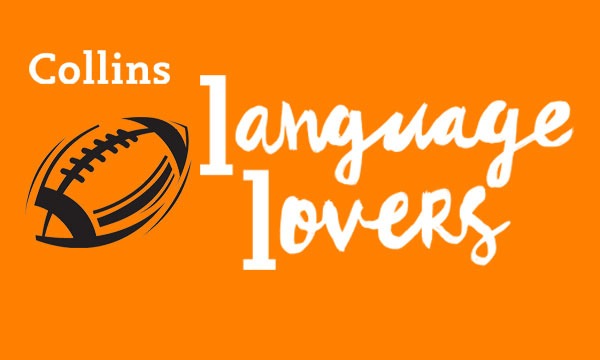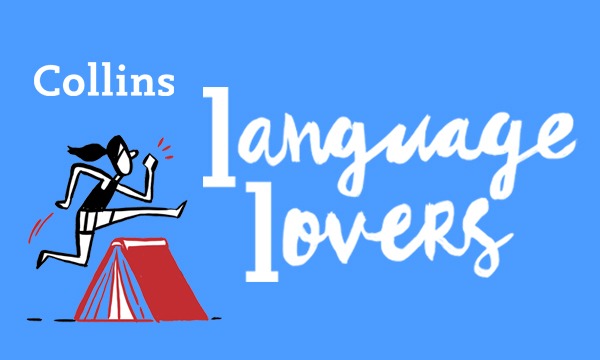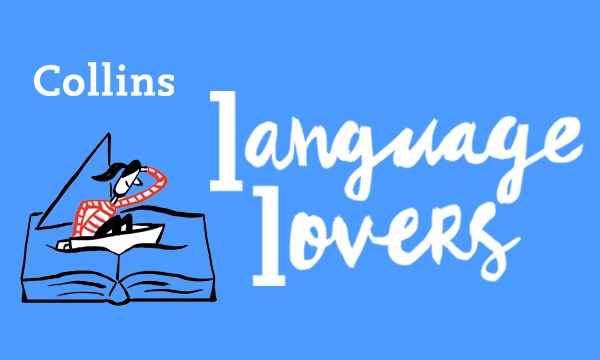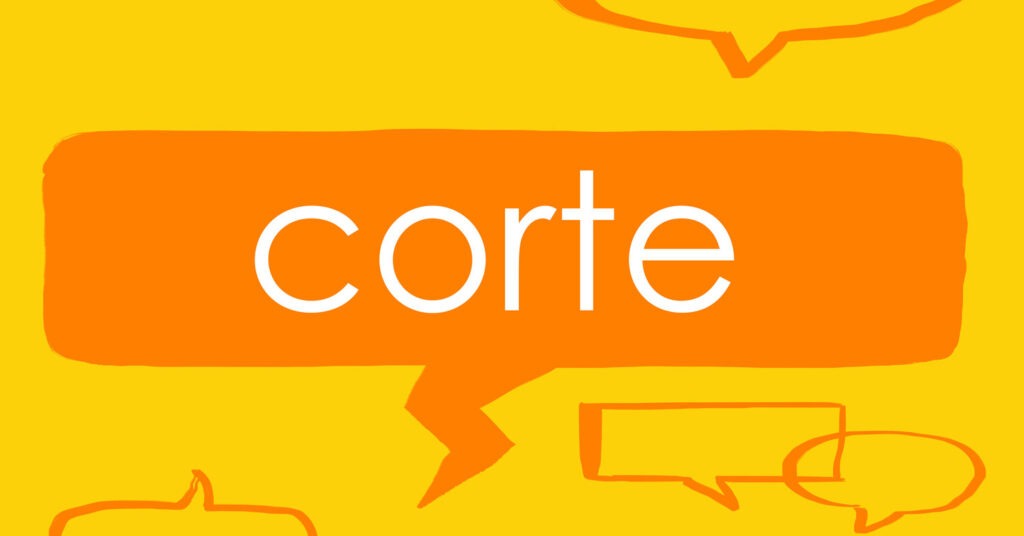Well, that was a cliffhanger and a half, wasn’t it? South Africa has been buzzing with elation ever since the Springboks’ historic victory in the RWC final. They took the title for the fourth time, thereby not only repeating their triumph at the 2019 World Cup but also placing themselves fair and square at the top of the all-time rankings. Huge congratulations! Siyakuhalalisela! Veels geluk!
As Siya Kolisi, the captain, inspirationally said: ‘This team shows what diversity can do for our team and our country as well. As soon as we work together all is possible, no matter in what sphere, on the field, in offices, it just shows what we can do.’
Aiming high
Springboks. I don’t know about you, but for me as a non-South African the word automatically denotes the SA national rugby team – just as ‘the Pumas’ signifies the Argentine national squad.
But of course, the Afrikaans word originally denoted – and still does – a beautiful antelope species that is common on the SA veld(t), the springbok, known less commonly as a springbuck. The English sort of reveals the etymology of the Afrikaans: Dutch springen, ‘to jump’, and bok, ‘buck’ (of the goat kind).
(Incidentally, buck in SA is a way of referring to the rand, and another animal–money pairing is the tiger, a ten-rand note.)
The team got its moniker as far back as 1906 from the springbok badge on their jerseys. As a symbol of rugby expertise and an emblem for a team it would be hard to beat this antelope, with its remarkable speed (up to 55 mph), agility and extraordinary vertical leaps of up to ten feet. Now, how about that as a target for the forwards in the line-out?
And talking of springboks, the way Englishes have developed outside the UK obviously depends on local conditions. And ‘local conditions’ include tangible things such as flora and fauna besides intangible social institutions, customs and practices.
As regards SA fauna, there’s one animal – apart from the humanised springbok – everyone knows: the aardvark,* a nineteenth-century coinage from obsolete Afrikaans, literally ‘an earth pig’. The aard- part is the Dutch word aarde, ‘earth’, from the same Germanic stock as English earth. (The connection is easier to see in the mediaeval Dutch form of the word, ertha.) The varken part means ‘pig’.
South Africa is immensely rich in fauna, including the Big Five – the elephant, buffalo, rhinoceros, lion and leopard. Another Afrikaans-named animal probably familiar to most people is the wildebeest, literally ‘wild beast’, the favoured prey of the aforementioned lion. The spring in springbok finds echo in the springhaas, aka the springhare, which isn’t a hare at all but an enchanting kangaroo-like rodent.
Rather less enchanting are a triad of highly poisonous snakes, the green mamba, the black mamba and the boomslang.
Unlike the animals we’ve considered so far, the name mamba comes from Zulu, the language with the most first-language speakers in SA. Mamba, in fact, demonstrates a key feature of Zulu, that all words end in a vowel. The informal word babalas, ‘drunk; a hangover’, also illustrates this, as well as being an example of Afrikaans and Zulu fusing: the original Zulu that Afrikaans speakers adapted is I-babalazi. That final –i has got ‘lost in translation’.
Another Zulu word, which made a lot of noise literally and metaphorically during the 2010 FIFA World Cup held in SA, is vuvuzela, a style of plastic horn, which illustrates another characteristic of Zulu, an even succession of consonant-vowel (CV) syllables.
And from the second-most spoken first language, Xhosa, which is closely related to Zulu, comes the honorific applied to Nelson Mandela, Madiba, based on his Xhosa clan name. The Madiba Generation are those born round the year Mandela became president.
Different name, same object
SA English, just like US English, describes the same things as other Englishes but using different words.
If you wonder what a moon bag is, think British bum bag or US fanny pack. When you stop at or shoot through a robot, you are in no way wrangling with AI. Robots are traffic lights. And if a South African tells you they’ve bought some new tackies, they’re talking about tennis shoes or plimsolls.
Eponyms, too, play their part. A Zola Budd is an informal name for a minibus taxi. Durban poison is slang for a particularly potent form of cannabis grown in Natal.
As well as ‘same object, different name’ in SA English, some turns of phrase might baffle non-SA ears at first hearing. To tune someone grief is a slangy way of saying ‘to harass’ them. To be under the pump is to be under pressure. Now-now, meaning ‘right away’, as in ‘I’ll do it now-now’ illustrates an interesting and highly productive (in English) linguistic phenomenon, reduplication, in accordance with the conceptual metaphor ‘more of form is more of content’, as in ‘He is very very very tall.’
And as with other languages, SA English is rich in informal and slangy terms and phrases, many of which modesty prevents me from recording here; there are scores in the SA content of the Collins Dictionary. One that caught my eye, however, is the euphemism sherbet, whose first and last letters should tell you what it’s a euphemism for.
Finally, on this topic, yebo is an emphatic ‘yes’, from the Zulu ‘Yes, I agree.’ It’s polar opposite is aikona, sort of ‘Hell, no!’ from Nguni. Which allows me to segue seamlessly (fingers crossed) into my final section.
The rainbow nation
South Africa is a quilt of ethnicities. It’s also a tapestry of languages: it has twelve official ones. That may seem highly unusual for any country. Actually, in the league table for countries with national-level official languages, it lags behind India with its twenty-two ‘scheduled’ languages plus English, and Zimbabwe with its sixteen.
Those twelve SA official languages include English and South African Sign Language, and then ten African languages. As already mentioned, most widely spoken as a first language is Zulu, used by about a quarter of the population, then Xhosa, the communication medium of about 16 per cent, then Afrikaans, the medium of about 15 per cent, and English, used by around a tenth of the population. Zulu, Xhosa and Swazi are all members of the Nguni family of languages, from which comes aikona, mentioned earlier.
South African languages demonstrate how, in many parts of the world, and unlike much of Europe, languages are not coterminous with national borders. Several are spoken in other countries, such as Ndebele, an official language of Zimbabwe, Sotho spoken also in Lesotho and Botswana, and Swazi, which will be familiar to some as part of the name of the country Swaziland, now Eswatini, where it is an official language.
All ten official African languages in South Africa belong to the Bantu family of languages. A key feature of such languages is that they are agglutinative, which means they combine semantic and syntactic elements in a single string. Zulu is a tonal language, like Chinese, but with three tonemes instead of the Mandarin four: low, high and falling. Accordingly, the word written as umfundisi means ‘priest’ with the rising tones on the syllables shown as /úm̩fúndisi/ and ‘teacher’ when pronounced /úm̩fundísi/.
SA also had its own pidgin, Fanagalo, which enabled people of different languages to communicate, for instance in the mining sector, before the rise of English as a lingua franca. Fanagalo comes from strung-together Nguni forms fana-ga-lo, ‘like’ + ‘of’ + ‘that’ and means ‘do it like this.’ The slang term mampara for someone not overblessed in the grey matter department probably comes from Fanagalo.
I’ll leave off mining the riches of SA languages now with one last term that tickled me: the go-away bird, so named because of its call. Finally, ‘onomatopoeia rules, OK!’
* Even though most of us probably have no idea what one looks like – here’s a link – the aardvark is, according to popular legend, the first (head)word in the dictionary. Of course it isn’t. In the Collins Dictionary, that honour goes to the alphabetical letter a, A, lower and upper case. aardvark occupies a measly thirty-ninth position on the first page.
By Jeremy Butterfield
Jeremy Butterfield is the former Editor-in-Chief of Collins Dictionaries, and editor of the fourth, revised edition of Fowler’s Dictionary of Modern English Usage.
All opinions expressed on this blog are those of the individual writers, and do not necessarily reflect the opinions or policies of Collins, or its parent company, HarperCollins.



